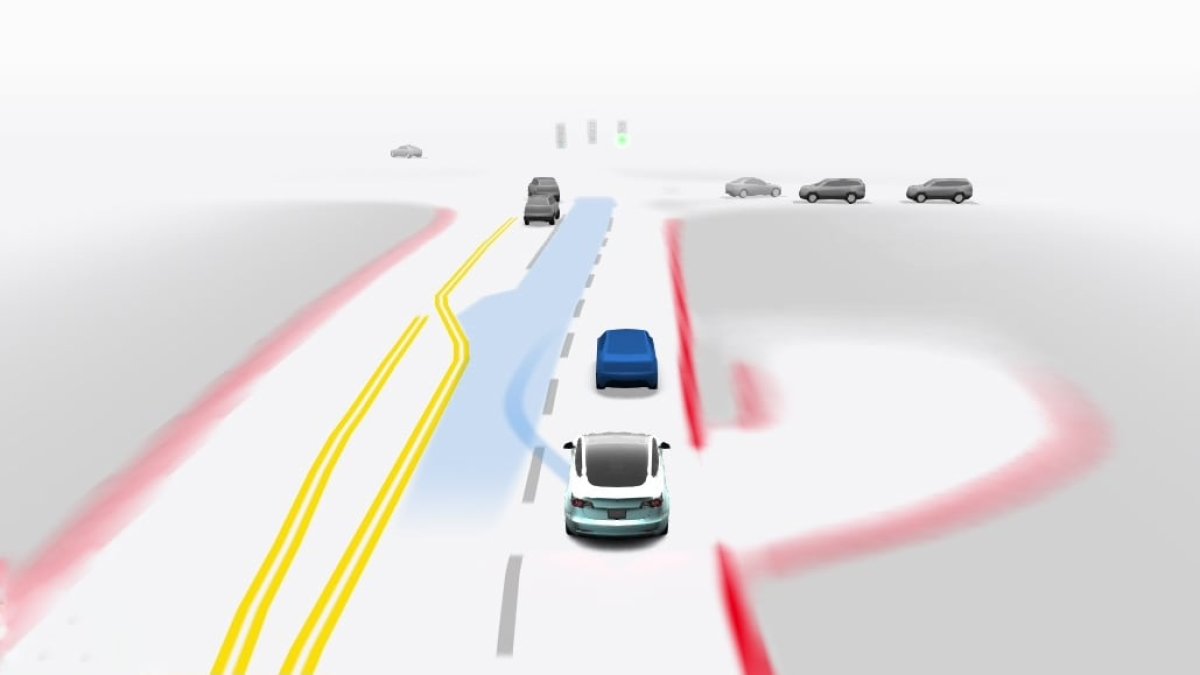NotATeslaApp says that 12.4 will rely on the cabin camera for attention monitoring instead of the steering wheel IF several conditions are met:

 www.notateslaapp.com
www.notateslaapp.com
Night driving in remote areas (no oncoming headlights or street lights to illuminate you) will mean the cabin camera can't see your face, so I was wondering if a plug-and-play USB-powered infrared LED somewhere in the cabin could fix that without any actual changes to the car. I had an old security camera with a few IR LEDs so I plugged it in and tested in the garage with no lights... unfortunately, while the cabin camera can see the IR a bit, it's still filtered in some way, because it's not picking up much of it. I had to hold the camera right next to my face for it to pick it up at all, yet the cheap security camera itself sees the cabin as if it's entirely lit up.
I'm under the impression the IR filters are over the lenses of the cameras, so potentially one could retrofit a lens without the IR filter (obviously voiding or outside of warranty), but would be nice 1st party retrofit from Tesla.

- the camera is not occluded
- there is sufficient lighting
- the driver is looking forward
- the driver is not wearing sunglasses
- the driver is not wearing a low-brim hat or another object that covers their eyes

Tesla Releases FSD v12.4: New Vision Attention Monitoring, Improved Strike System With Update 2024.9.5
Tesla has released FSD v12.4 to employees with a new vision-based cabin monitoring system.
Night driving in remote areas (no oncoming headlights or street lights to illuminate you) will mean the cabin camera can't see your face, so I was wondering if a plug-and-play USB-powered infrared LED somewhere in the cabin could fix that without any actual changes to the car. I had an old security camera with a few IR LEDs so I plugged it in and tested in the garage with no lights... unfortunately, while the cabin camera can see the IR a bit, it's still filtered in some way, because it's not picking up much of it. I had to hold the camera right next to my face for it to pick it up at all, yet the cheap security camera itself sees the cabin as if it's entirely lit up.
I'm under the impression the IR filters are over the lenses of the cameras, so potentially one could retrofit a lens without the IR filter (obviously voiding or outside of warranty), but would be nice 1st party retrofit from Tesla.


